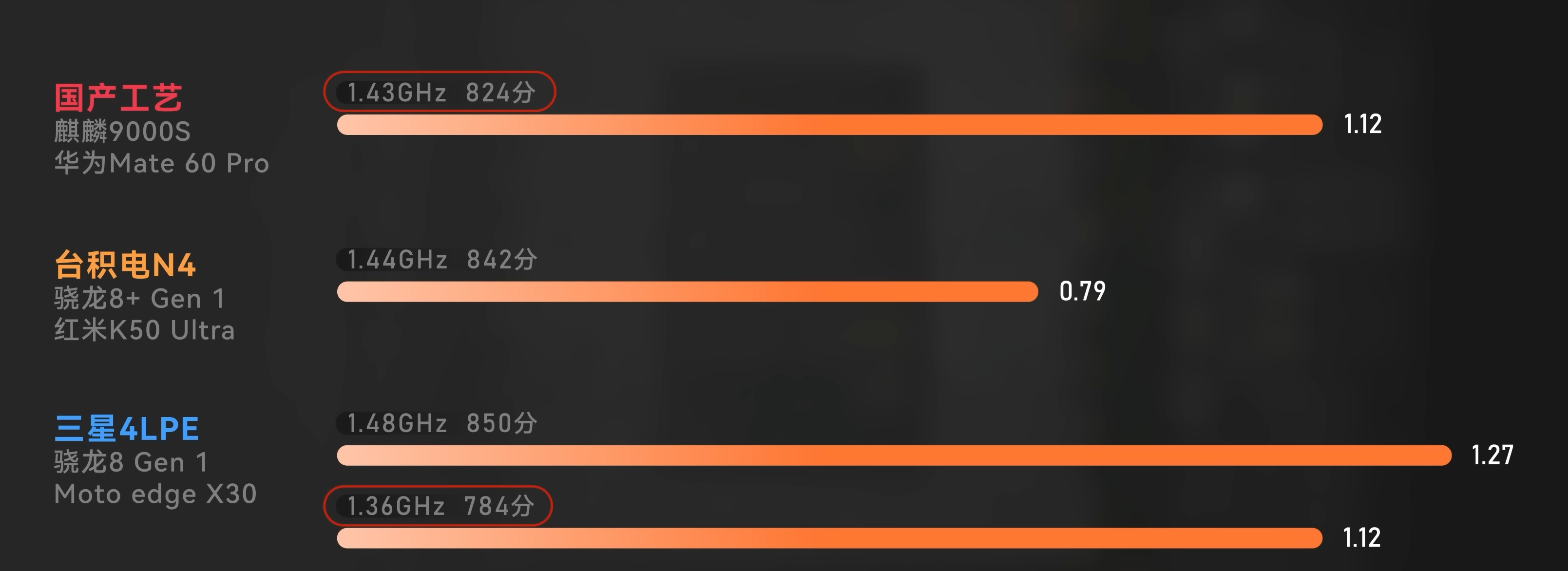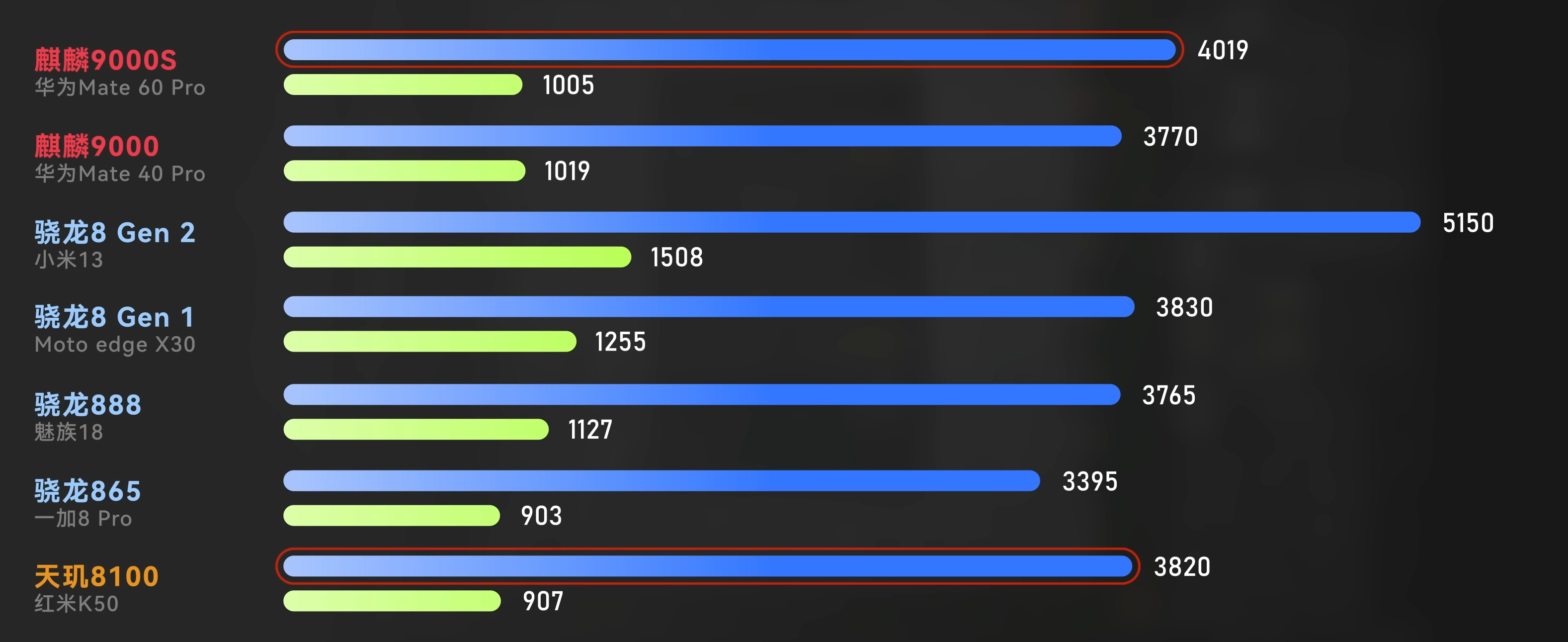The US government placed Huawei into the US's so called "entity list". Qualcomm needs US government authorization to sell to Huawei and they're limited to selling 4G SOCs.
The P60 having the SD 8+G1 might be lag from Qualcomm having to make a 4G variant or lag from Huawei transitioning from Kirin to SD SOCs. Alternatively it could just be that the SD 8G2 is not worth the price Qualcomm is selling it at given that Poco doesn't bother to use it for their best phone, the F5 Pro.
There are no trade restrictions to selling to other Chinese smartphone brands. Qualcomm would collapse if it weren't allowed to sell to them. BBK, Transsion, and Xiaomi buy up most of Qualcomm's phone chips and make most of the world's phones. Samsung uses its own Exynos for the A series phones that make up the bulk of its sales.


China prepared for this 17 years ago. They launched the "02 Special Project" all the way back in 2006. The companies established by those grants have existed years before the sanctions. They were able to develop the products but selling them was another thing entirely, until the sanctions hit causing a massive boom in their revenue. People forget that it was market conditions that killed GlobalFoundries 7nm effort not technical issues. The same reason UMC gave up on anything more advanced than 14nm. Sanctions created the inevitability of Chinese 7nm by wedding the world's largest telecom equipment vendor, Huawei to SMIC.
It's an amusing coincidence that by the time ASML will no longer be granted export licenses for their 5nm capable DUV scanners, the NXT:2000i and above, SMEE will be selling a 7nm capable scanner, the SSA/800-10W. A machine easily comparable to the NXT:1980Di that TSMC used to develop their N7 process. The fact that the NXT:1980Di and anything less advanced than it isn't going to be export restricted is an implicit acknowledgement of the Chinese capability of making competing machines.
5nm capable DUV scanners, such as the SSA/900 still in development, might be a requirement for SMIC N+2 however as the "7nm" Kirin 9000S is only 2% larger than the TSMC N5 made Kirin 9000. That suggest a density far exceeding anything any other foundry has been capable of with just DUV, such as Intel 7 or TSMC N7/N7P.
Applied Materials and LAM are less of an issue. AMEC has been selling 5nm etching systems to Samsung and TSMC for years.
TSMC made Kirin 9000 ran out in 2021, P50 Pro was the last phone to use it and the Kirin 820 ran out in 2022. It's only the 5G base stations that still use TSMC made HiSilicon chips.